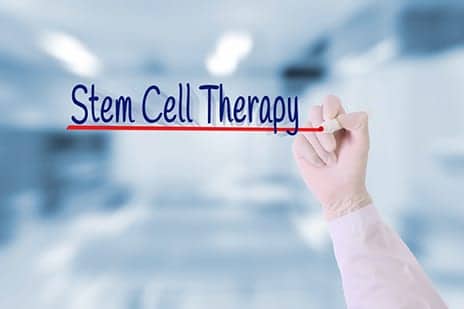Data from an early stage 31-patient clinical study suggests the effectiveness and safety of a novel stem cell treatment to aid the walking ability among patients with either relapsing/remitting or progressive Multiple Sclerosis (MS).
The study was published recently in the International Journal of Pharmaceutical Sciences and Drug Research (IJPSDR).
The protocol utilizes the patient’s own stem cells, thereby minimizing chances for immunological rejection. Once the stem cells are harvested and prepared, they are delivered intravenously into specific areas of the patient’s brain employing a patent-pending interventional radiological procedure.
The underlying basis of this therapeutic approach is that, contrary to accepted dogma, MS is initially and primarily a vascular disease. The study hypothesis posits that upon placement of stem cells at the level of blood vessel dysfunction within the brain, these cells can halt neurotoxic substances from crossing the blood brain barrier (BBB).
These neurotoxins in the blood are known to cause brain inflammation and subsequent nerve cell dysfunction that leads to the symptoms of MS. This blood vessel restoration may also reduce symptoms and even reverse the progressive course of the disease, a media release from ND Sciences explains.
Following a single round of stem cell therapies, patient walking function was used to determine efficacy by having participants perform the 25-foot walk test (T25FW). At 10 days following treatment there was a 22% improvement in function (time to complete the walking distance before and following therapy) in 28 of the 31 patients. There were no adverse events.
As a result of positive Phase I data, ND Sciences is recruiting patients and treatment sites. The organization has filed a Phase 2 Clinical Development Plan with the USFDA and international regulatory (EMA) authorities.
The goal of the proposed Phase II clinical trial is to corroborate the observed improvements in MS patients to determine whether these benefits are maintained over long-term observation. Moreover, by studying a larger group of patients and by using techniques such as MRI, nerve cell regeneration and physical structural improvements will be determined, the release continues.
[Source(s): ND Sciences, PRWeb]





It’s interesting to learn that the stem cells will be delivered into the specific areas of the brains. I also never knew that the neurotoxins could cause brain inflammation and this may eventually lead to nerve cell dysfunction. Well, I personally believe that older people must try this type of treatment because this will help regenerate any damaged tissues.
Agreed, Rachel, this is an interesting and promising development. I think we all are ready ready to see some new tools and therapies to battle MS.
—Ed.